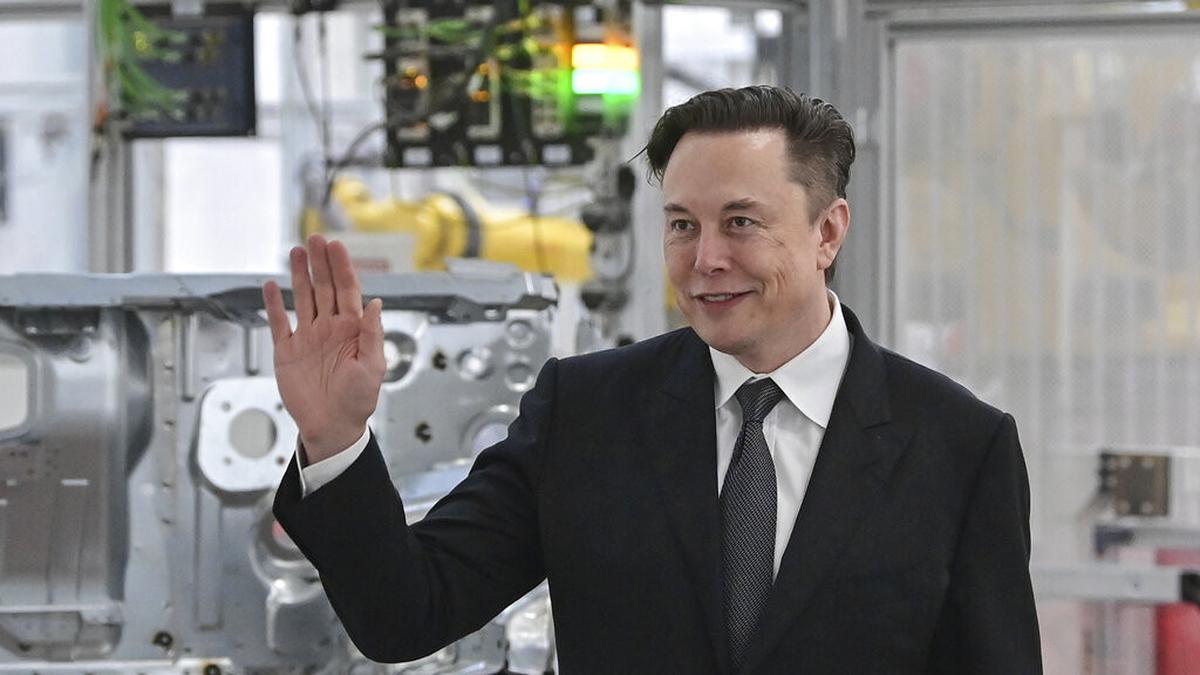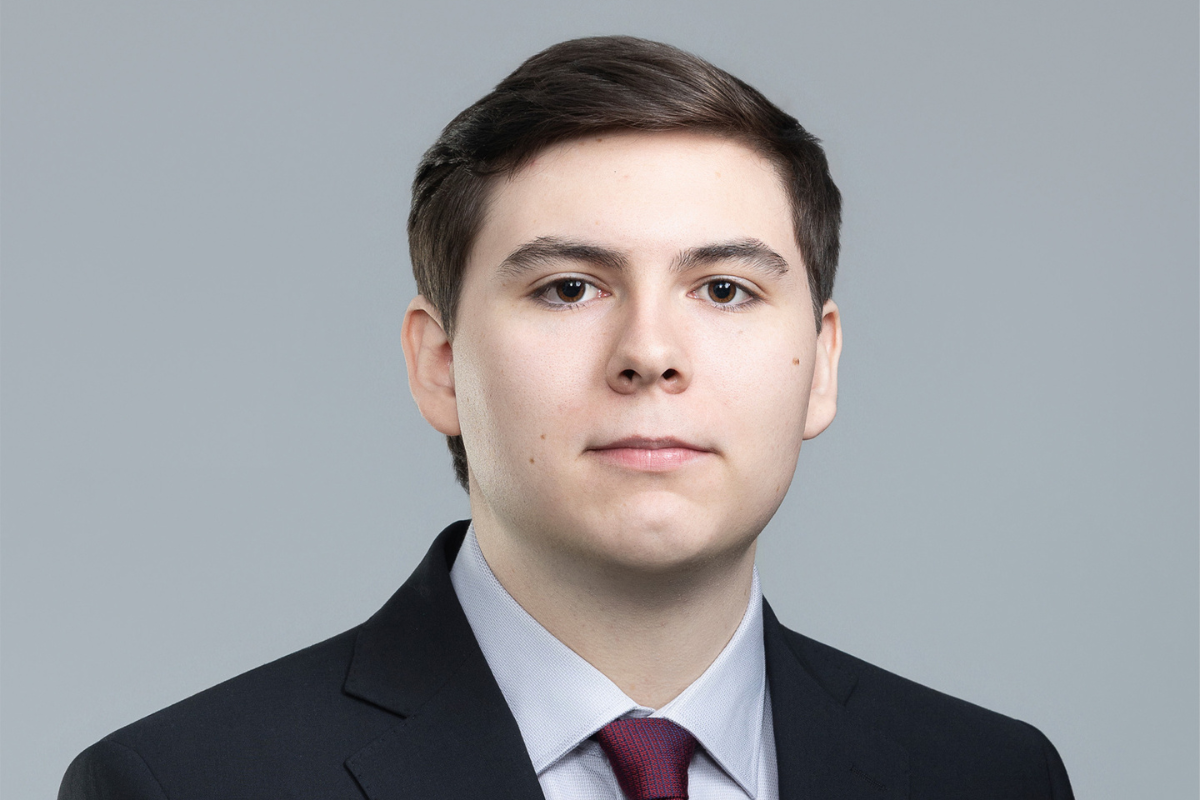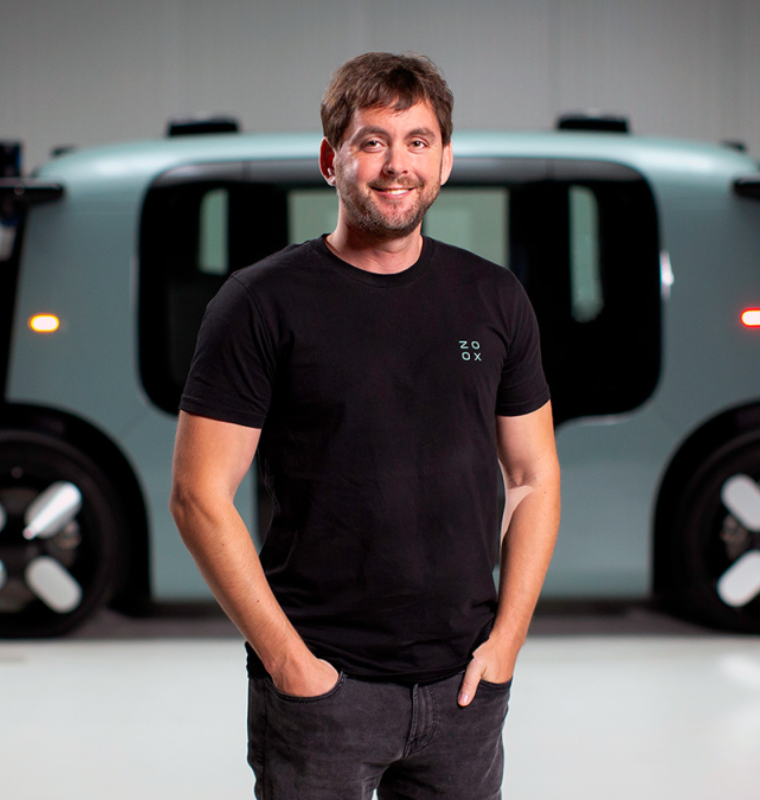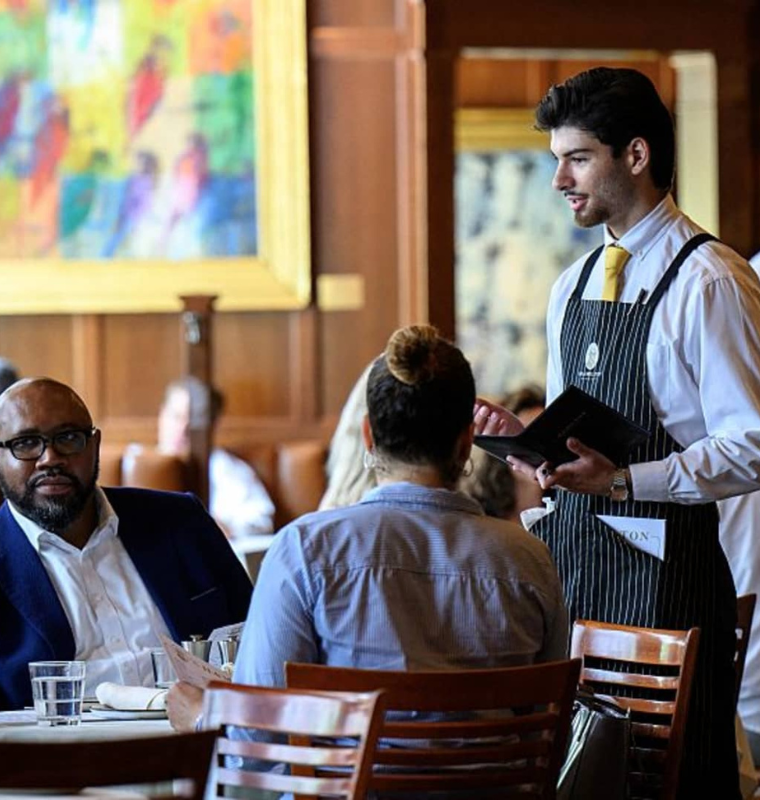Musk Eyes “Incredible Surgeon” Robot for Tesla, Inc. — But Offers No Clear EV Roadmap
Musk Eyes “Incredible Surgeon” Robot for Tesla, Inc. — But Offers No Clear EV Roadmap
By
Rachel Steinberg
Last updated:
October 23, 2025
First Published:
November 30, 2025

Mixed financials cloud the present
Tesla reported third-quarter revenue of approximately $28.1 billion, up about 12 % year-over-year, driven by strong deliveries and energy-storage gains.
Yet net income dropped sharply — roughly 37 % down to about $1.4 billion, compared to around $2.2 billion a year ago. Operating income came in around $1.6 billion, implying a margin of about 5.8 %, which is markedly lower than prior years.
Despite the topline growth, Tesla offered little clarity around demand for its core EV lineup after key U.S. tax credits expired, as regional competition and tariffs continue to rise.
A futuristic pivot: robotaxis and humanoids front-and-centre
Instead of focusing on vehicle demand trends, Musk steered the earnings call toward Tesla’s future ambitions — the robotaxi network and the humanoid robot “Optimus.”
He claimed Optimus “will be an incredible surgeon” and envisioned a future where robots and autonomous cars “create a world where there is no poverty.”
On the robotaxi front, Musk announced plans to deploy Tesla’s autonomous ride-hailing service to eight to ten major metro areas by the end of 2025, starting in Austin and expanding afterward. He also emphasized that there are “millions of cars” already capable of becoming fully self-driving through a software update.
Regarding Optimus, Tesla’s humanoid robot project, Musk revealed ambitious plans for mass production, with the V3 version slated for rollout in Q1 2026. He suggested that up to 80% of Tesla’s future value could come from robotics rather than electric vehicles.
What’s missing: core auto business under-the-radar
In contrast to the futuristic robotics narrative, there was very little discussion about Tesla’s current EV business.
Musk did not address how the recent expiration of the U.S. federal EV tax credit will affect demand, nor did he provide updates on the Cybertruck or comment on how global tariffs on parts and batteries are impacting costs.
Only about 12% of Tesla owners currently subscribe to the “FSD Supervised” advanced driver-assist package, but no data was provided on pricing or revenue contribution.
While Tesla produced roughly 447,000 vehicles and delivered 497,000 in Q3, there was no mention of regional demand trends or how the company plans to compete with the growing number of EV rivals.
Investor caution grows
The market reaction reflected the uncertainty. Tesla’s share price dropped nearly 4% in after-hours trading following the call, signaling investor disappointment over the lack of near-term clarity.
Analysts raised concerns about rising competition, escalating tariff costs — estimated at over $400 million for the quarter — and the growing perception that Tesla is drifting away from being an automaker.
Until Tesla presents a clear plan for growth and margin recovery in its core business, the robotics narrative may not be enough to maintain its premium market valuation.
Why this matters
Tesla’s long-term vision to transition from a car manufacturer into a robotics and AI powerhouse is bold and differentiating. But investors are questioning whether this transformation can wait if vehicle demand weakens, margins shrink, and competition intensifies.
While robotaxis, humanoids, and AI chips may define Tesla’s future, the company still relies heavily on its automotive division for the vast majority of its revenue. If that foundation falters, the ambitious future Musk envisions may face significant risk.
With global EV incentives shifting, government regulations tightening, and competitors scaling fast, Tesla’s next few quarters will be pivotal in proving whether it can sustain its position as both a technology pioneer and a profitable automaker.
Popular articles
Subscribe to unlock premium content
Gilded Holidays in Fashion

How HBO Max Used the Power of Limited Series to Redefine Streaming Competition and Challenge Netflix’s Binge Culture

How Stranger Things Revolutionized Netflix and Redefined Streaming Entertainment

Gilded Holidays in Fashion

How HBO Max Used the Power of Limited Series to Redefine Streaming Competition and Challenge Netflix’s Binge Culture

Gilded Holidays in Fashion









